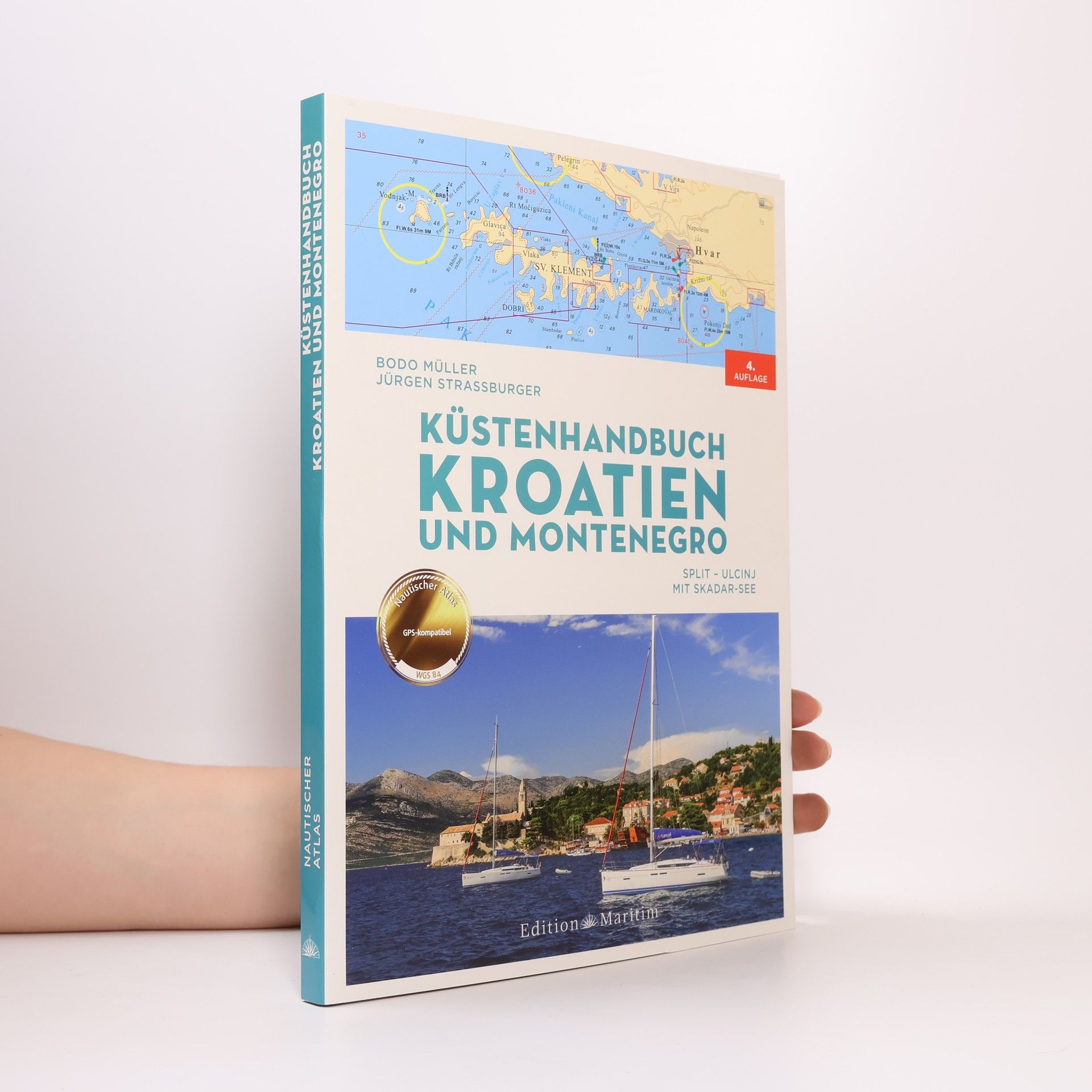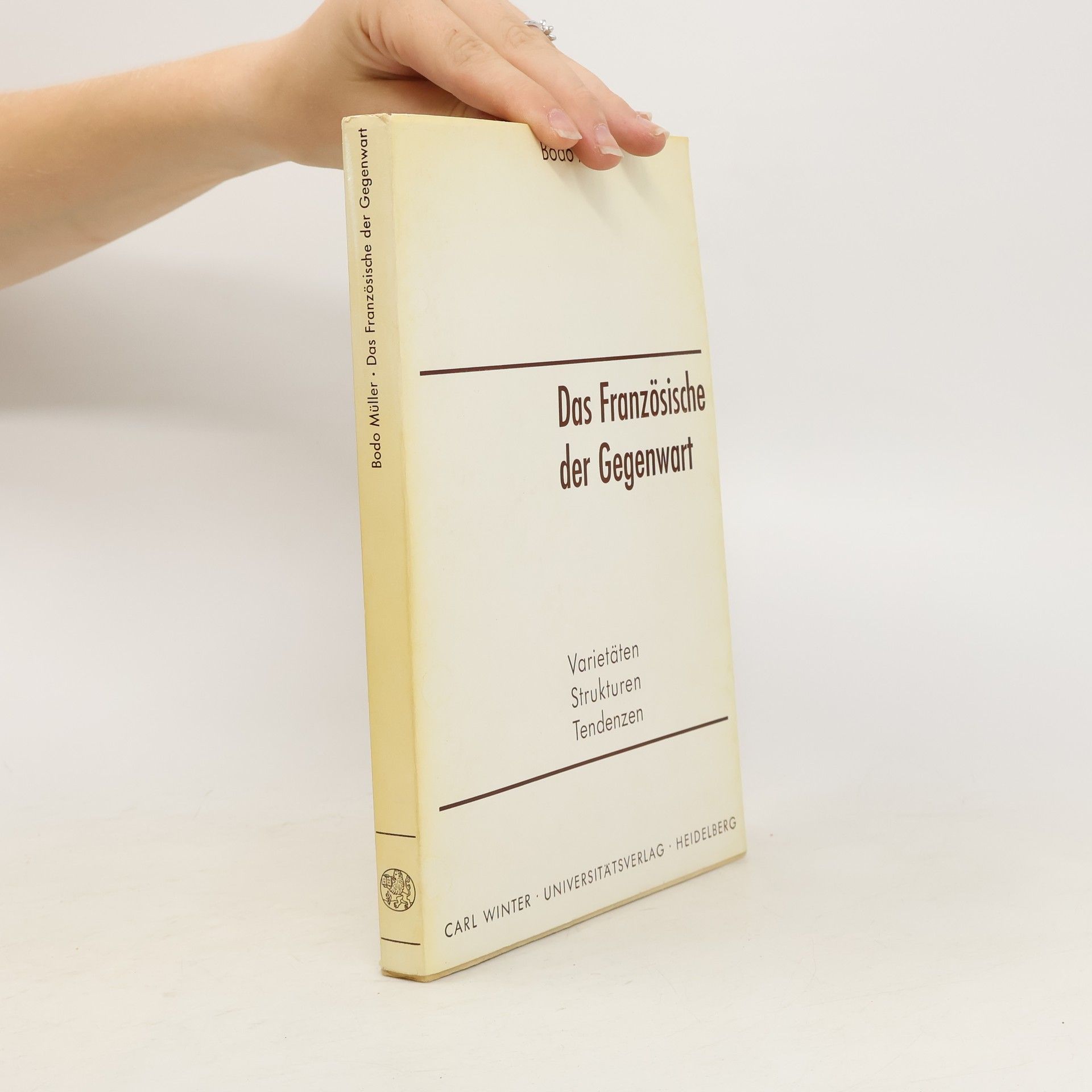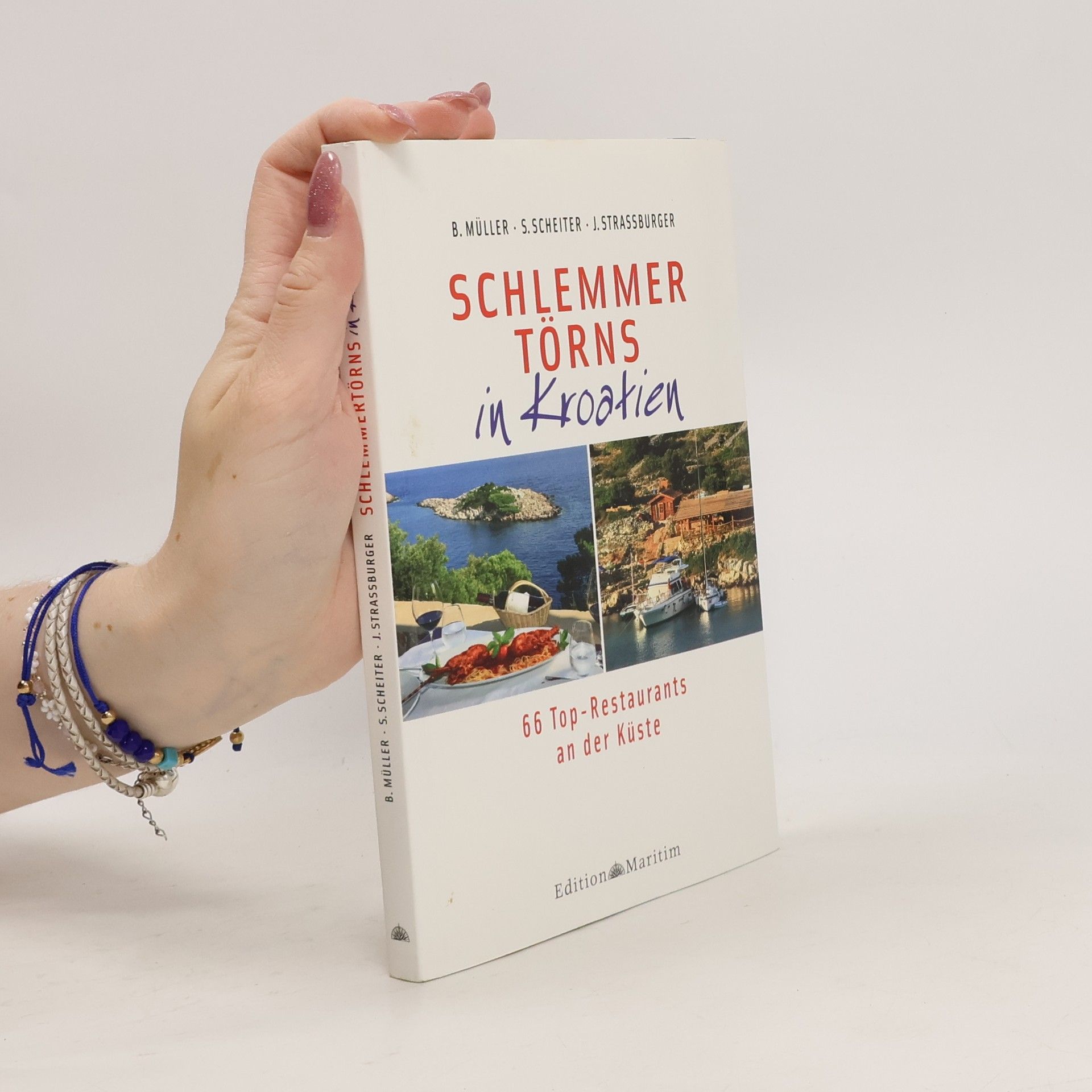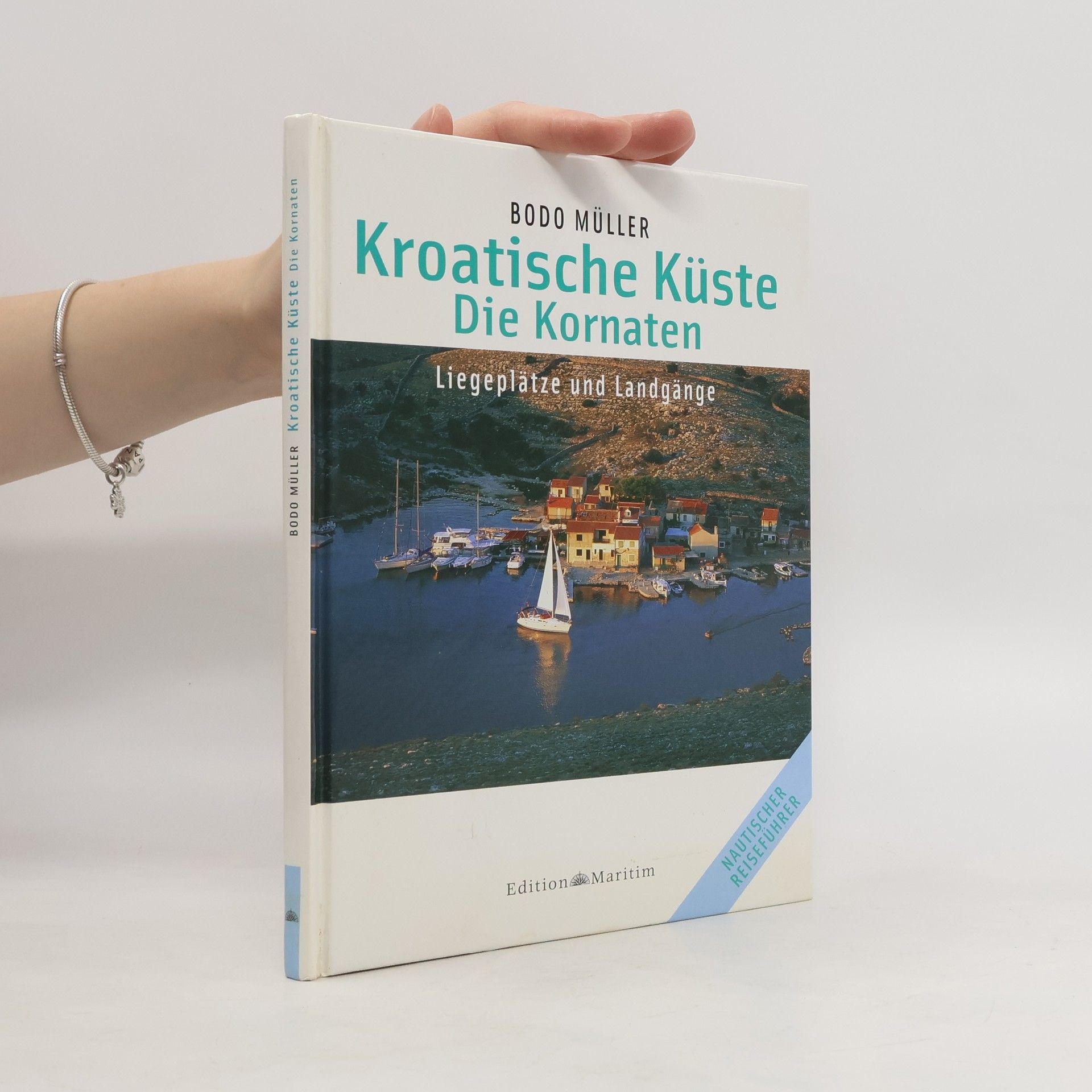Mitten durch Deutschland zog sich eine der am schärfsten bewachten Grenzen der Welt. 28 Jahre lang haben Menschen versucht, sie zu überwinden. Der Drang nach Freiheit beflügelte ihre Phantasie und ihren Erfindergeist. In geheimen Verstecken bastelten Ostdeutsche an kuriosen Fortbewegungsmitteln, die ihnen die Flucht ermöglichen sollten. Es entstanden Mini-Flugzeuge und sogar U-Boote. Die Materialbeschaffung und die Konstruktionsarbeiten hatten unter absoluter Geheimhaltung zu geschehen, um das Unternehmen nicht vorzeitig zu gefährden. Andere konstruierten eine Seilbahn über die Mauer, flogen gekaperte Agrarmaschinen, obwohl sie es nie gelernt hatten, oder wagten sich mit einem Surfbrett über die Ostsee in Richtung Dänemark. Bodo Müller hat die Akteure von damals befragt. Er erzählt ihre spannenden Fluchtabenteuer und berichtet vom ungebrochenen Freiheitswillen, der viele zum Äußersten trieb. 'Bodo Müllers Fluchtgeschichten, illustriert durch zahlreiche Schwarzweißfotos und ergänzt durch eine Chronik weiterer Fluchtfälle, sind authentische, lebendige Reportagen, die den Leser fast atemlos machen. „Faszination Freiheit“ ist ein wichtiges Buch - man sollte es lesen.' (Deutsche Welle)
Bodo Müller Knihy






Le français d'aujourd'hui
- 302 stránek
- 11 hodin čtení
Das Französische der Gegenwart
- 254 stránek
- 9 hodin čtení
German
Küstenhandbuch Kroatien und Montenegro
Split – Ulcinj. Skadar-See
Küstenhandbuch Kroatien und Slowenien
Koper – Split
Planungskarte Wasserstraßen Deutschland Nordost
Elbe bis Oder. Mit Berlin und den mecklenburgischen Gewässern
Dieser nautische Gastro-Guide führt zu 66 auserlesenen Restaurants an der kroatischen Küste, die alle per Boot erreichbar sind. Anhand von Hafenplänen, Fotos und kurzen Texten erfahren Sie, wo Sie Ihre Yacht sicher vertäuen und einen unvergesslichen kulinarischen Abend genießen können. Damit Sie immer das richtige bestellen, finden Sie am Ende des Buches ein kroatisch-deutsches Wörterbuch mit den wichtigsten kulinarischen Begriffen. Vorgestellt werden Restaurants in folgenden Revieren: Istrien Kvarner Nord-Dalmatien Mittel- Dalmatien Süd-Dalmatien
Südlich von Istrien liegt die Kvarner Bucht, die viele Bootsurlauber aus Süddeutschland und Österreich nach Kroatien lockt – dieses Revier ist in wenigen Autostunden zu erreichen. Die Schönheit der Landschaft und das milde Klima haben speziell die Inseln in diesem Gebiet zu einem beliebten Ziel gemacht. Dieser nautische Reiseführer beschreibt insbesondere alle Häfen und Anleger der Inseln Krk, Cres, Rab und Losinj. Die detaillierten Infos zu den Liegeplätzen und den Häfen werden durch zahlreiche farbige Pläne und Farbfotos ergänzt. Hinweise zu Wetterbedingungen sowie Charter- und Ausflugstipps runden diesen Führer ab.


